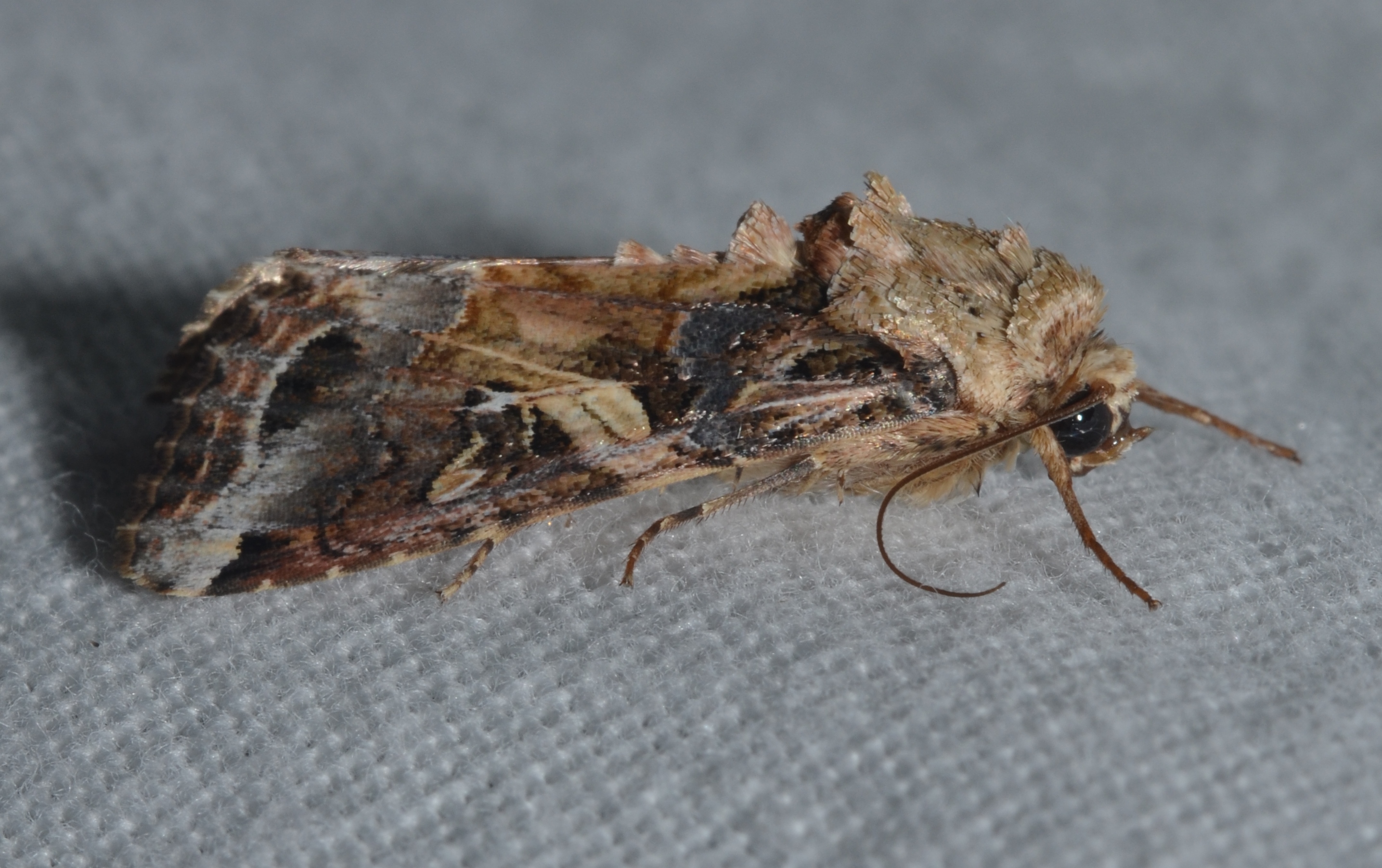

There are 30 known species in the genus, and roughly half are considered agricultural pests. The species of Spodoptera are distributed around the world, mostly inhabiting tropical and subtropical areas. Spodoptera exempta was first described by Francis Walker in 1856. During the long dry seasons ("off-season"), the population densities are very low and no outbreaks are seen. African armyworm outbreaks tend to be devastating for farmland and pasture in these areas, with the highest-density outbreaks occurring during the rainy season after periods of prolonged drought. The species is commonly found in Africa, but can also be seen in Yemen, some Pacific islands, and parts of Australia. The solitaria caterpillars are less active and undergo much slower development. The larvae feed on all types of grasses, early stages of cereal crops (e.g., corn, rice, wheat, millet, sorghum), sugarcane, and occasionally on coconut. Gregaria caterpillars are considered very deleterious pests, capable of destroying entire crops in a matter of weeks. These phases are termed solitaria and gregaria, respectively. The caterpillars exhibit density-dependent polyphenism where larvae raised in isolation are green, while those raised in groups are black. The larvae often exhibit marching behavior when traveling to feeding sites, leading to the common name "armyworm". Click here for more information on this.įarmers and homeowners are asked to report any suspect Western Yellowstriped Armyworm caterpillars and damage in new regions to the B.C.The African armyworm ( Spodoptera exempta), also called okalombo, kommandowurm, or nutgrass armyworm, is a species of moth of the family Noctuidae. If cutting the crop is not practical or larvae are causing damage to the crowns of plants that will overwinter, or to stands recovering from cutting which will be cut again, apply an insecticide.

Where practical, harvest early to reduce damage.Inspect equipment coming onto your property for worms.Clean hay equipment by spraying with air or water.Hay equipment, farm trucks and other equipment should be cleaned between farms.If buying hay, inspect upon delivery to ensure there are no worms before unloading.Inspect bales to ensure there are no worms before transporting or selling.Store bales in the field or shed for 1 – 3 weeks prior to transport to allow worms to move out or die.Do not move or sell hay immediately after baling. Larvae will take refuge under swaths or bales.Below are some recommendations for how to prevent and mitigate Western Yellowstriped Armyworm impacts to your property:


 0 kommentar(er)
0 kommentar(er)
